
views
Preparing the Frame
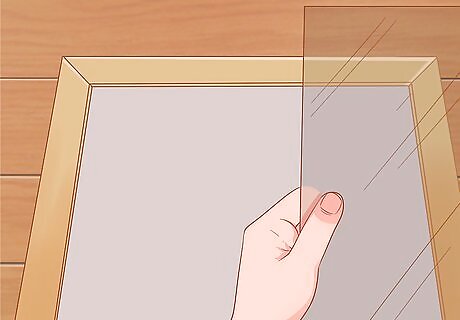
Remove the glass and the back of the frame. This can include a stand as well as a hanging mechanism. If you need to, use a screwdriver to remove any screws and set them aside in a place you won’t lose them. It’s important to remove any hardware so that they don’t get any paint on them and you can paint the entire frame easily.

Use painter’s tape to protect any surfaces you don’t want to get paint on. If you aren’t able to remove the glass or back of the frame, you can use painter’s tape to cover up anything you don’t want to get paint on. Simply cut the length you need and apply it, with the sticky side down, to the places you want to remain untouched.
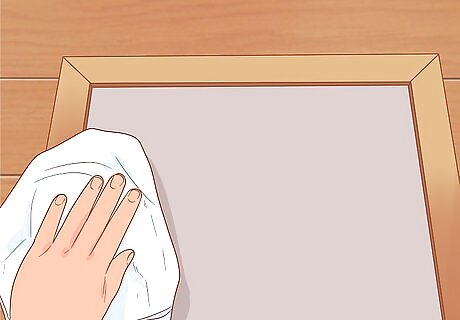
Wipe down the frame with a damp cloth to clean the surface. This will ensure that no dirt or dust particles will affect the paint adhering to the frame, as well as prevent any bubbles forming beneath the coat of paint. Wipe the frame with warm water, and allow it to dry completely. If you’re using a wooden frame, you may want to lightly sand the frame and wipe it clean so that the new paint will adhere better.
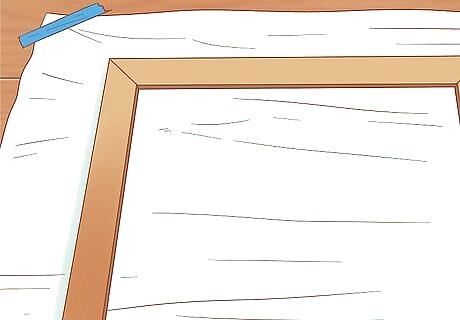
Lay down cardboard, newspaper, or a canvas drop cloth to paint over. Painting can be messy business. It’s always a good idea to lay down material to work over so don’t get any paint somewhere you don’t want it and so you can reduce any mess you might make. It also makes clean-up easier! This is especially important with spray paint, which is much more likely to spread.
Using a Paint Brush
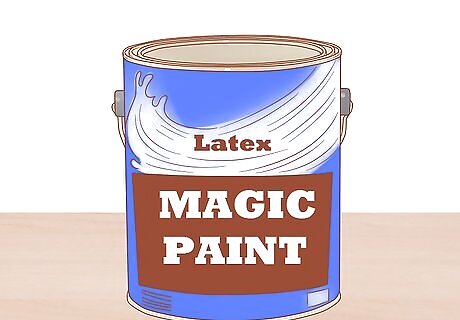
Select a latex or an oil based paint for a beautiful finish. Although it may be more time-consuming to hand-paint your frame, the final result will be a more polished and smooth finish. Select a color that suits the art or image in the frame. Using a watercolor paint on a wooden frame is not suggested as it may result in the paint not soaking into or adhering well to the wood.
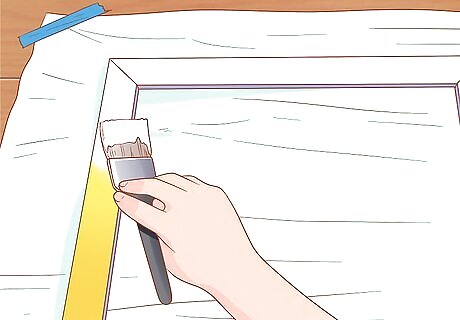
Apply a layer of primer to the frame so your paint will stick better. Depending on what color paint you are using, at least one layer of paint primer should be applied first to ensure better adhesion and durability. Darker colors can sometimes need more than one coat of primer. Be sure to cover the front, back, and sides of the frame and let the primer dry completely.
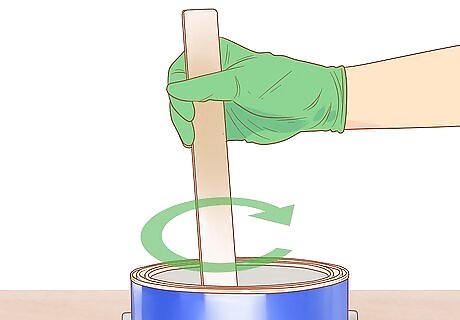
Open the paint cans and gently stir the paint to mix it. The ingredients can separate, so be sure to stir the paint with a paint stirrer before you start to paint. Mixing the paint will ensure that the consistency and color are just right.
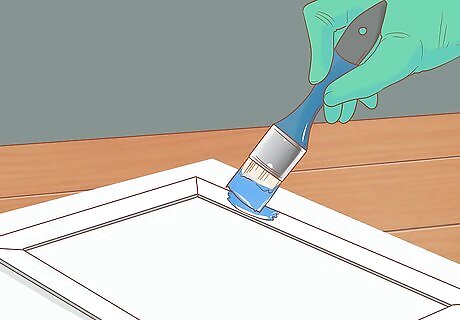
Put a small amount of paint on the frame and let it dry. This gives you a chance to see what the paint will look like on the frame before you paint it. Sometimes paint samples can look a little different than the actual paint, so it’s always a good idea to check first! If you don’t like the paint, you can choose another and paint over it.
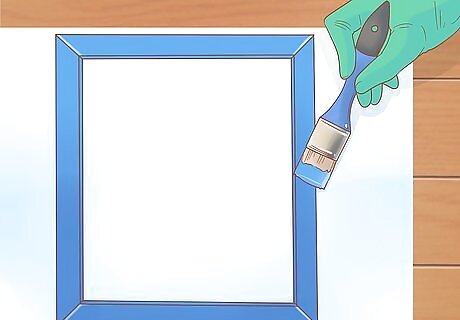
Brush the paint onto the frame in even strokes in the same direction. Painting in the same direction on each side of the frame will ensure consistency when the paint dries. If you paint in different directions, the final result will not be as polished or smooth.

Allow the paint to dry completely before adding a second coat (if needed). You may not need more than a primer base and one layer of paint, so it’s important that you let the paint dry completely before adding a second layer. Check the label on the paint can to see how long you need to let it dry.

Clean your brushes with the right solvent before putting them away. A good paint brush can last for a long time if you take care of it. Scrape off the extra paint on the brush, wash it thoroughly in water or an appropriate solvent, and dry the brush with paper towels or a cloth. Use water to clean water-based paints and mineral spirits for oil-based paints. Check the can to determine which kind you have!
Using Spray Paint
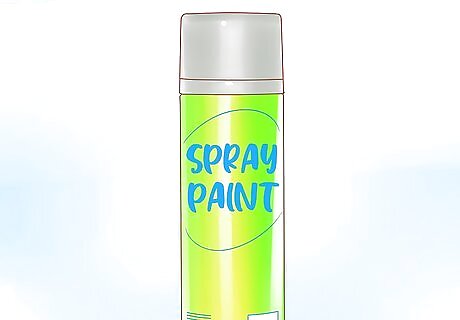
Use a spray paint for a fast and easy application. Spray paint is a great option that covers more surface area quickly and dries much faster than paint applied by hand. There is also less to clean up afterwards. Spray paints come in a variety of options like high gloss, satin, and metallic. There are also interesting finishes like chalkboard, which would be great for a child or a teacher’s frame!
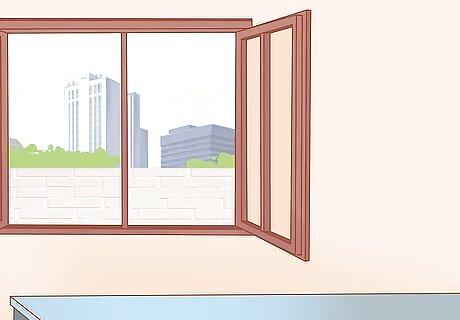
Work in an open or well-ventilated area. Spray paint vapors are toxic, so it’s very important that you work in an open or well-ventilated area while you are using it. Spray paint can also burn your eyes and skin, so it’s best to wear gloves or wash your hands immediately after using it. If you’re spray painting outside, be mindful of the wind direction so the paint goes on the frame and not somewhere else! Cover your nose and mouth with a mask to prevent inhalation of the paint fumes.
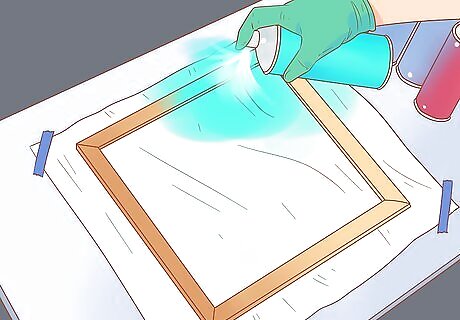
Apply a coat of spray paint primer to the frame. Shake the bottle well and keep the nozzle about 6–12 inches (15–30 cm) away from the frame. Spray in short bursts, moving back and forth over the entire surface of the frame. Keep the can in constant motion for an even application. Let the primer dry at least an hour. If the original paint is still showing through the primer, you can apply a second coat. Check the primer to make sure it’s dry before you apply your paint!

Spray the paint in even, back and forth strokes for a consistent coat. Shake the can well, and hold the spray can about 6–12 inches (15–30 cm) away from the surface. Keep the can moving at all times to prevent drips and runs. Spray the front, back, and sides of the frame taking care not to miss any spots. Allow the first coat to dry for at least 1 hour.

Apply a second coat of spray paint to the frame. A second layer of paint will ensure that the paint fully covers the frame and allows you to make sure the paint has been evenly applied. Follow the same process you did for the first coat. Allow the paint to dry at least 3 hours. After the paint has dried, if the frame needs a third layer of paint, add another!
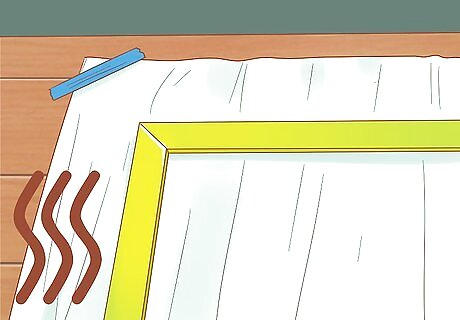
Leave the frame to dry completely before you use it. Depending on how many coats of paint you applied and how thick the coats were, the drying time may vary from a few hours to a day. Check the paint to see that it is completely dry before you reassemble the frame.




















Comments
0 comment